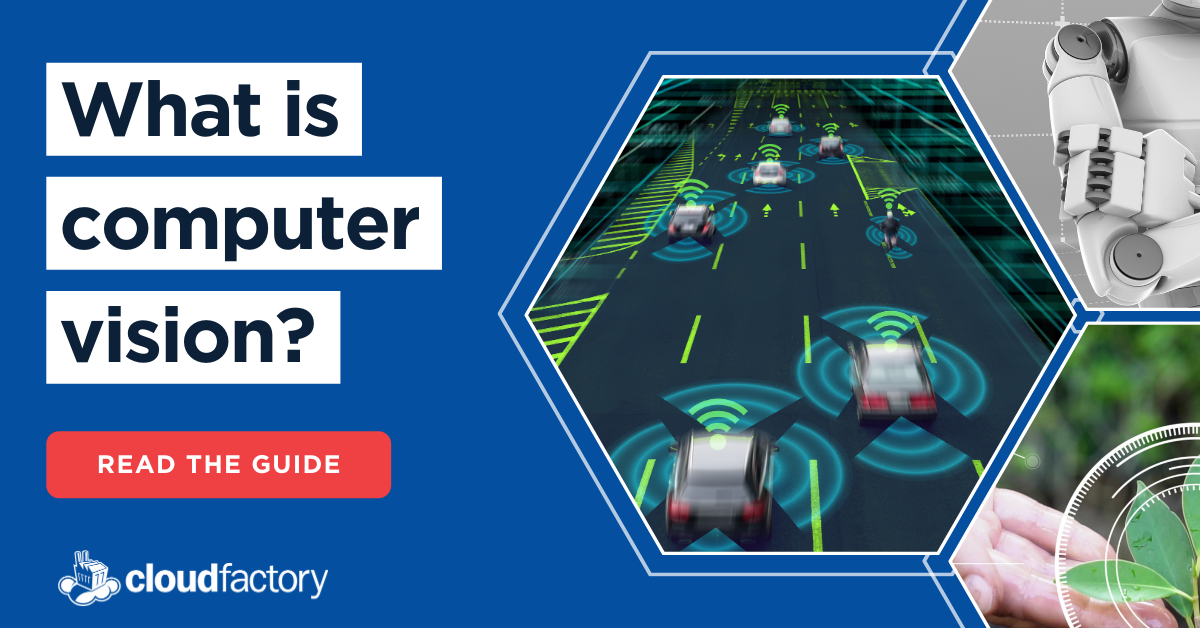
Few technological innovations have proven as disruptive as artificial intelligence. It’s an innovation that’s on course to change the way we live our day-to-day lives, and one day soon, it will even be responsible for driving our cars for us. That’s what we’re going to be exploring in this month’s series of four blog posts – the rise of autonomous vehicles.
Autonomous vehicles (AV), fueled by the rise of AI and computer vision, have been dominating headlines and tech talks for the past couple of years. Now widely seen as the future of the automotive industry, autonomous vehicles present one of the largest disruptions in the world of transport and logistics since the invention of the automobile itself. But what exactly are autonomous vehicles, and how is AI instrumental in their development?
Understanding the levels of driving automation
The term autonomous vehicle is often used interchangeably with driverless or self-driving vehicle, but real-life definitions are much more complex.
International aerospace company SAE published a global standard to serve as a baseline for vehicle automation, identifying five levels of autonomy in total. Only levels 3 to 5 are examples of true autonomy, powered by AI models and trained using image, sensor, satellite, and video data.
- Level 1 – The starting point for vehicle automation includes systems which assist the driver but don’t assume full control. These include features like parking sensors, and lane centering, all of which are already standard in higher-end vehicles. Hands-on operation means AI doesn’t play any role in level-1 automation, since the system isn’t capable of making decisions by itself.
- Level 2 – These vehicles may provide a hands-off experience with automatic acceleration, steering, self-parking, and automatic braking. However, since the vehicle has no decision-making capabilities of its own, the driver must always monitor the operation and be prepared to intervene. AI technology isn’t required to achieve this level. Instead, it’s still up to the driver to monitor and react to the environment.
- Level 3 – The first level of true autonomy, the vehicle is able to drive itself thanks to the provision of an extensively trained AI model, which can navigate automatically, synchronize with traffic signals, and ask the driver to intervene if certain conditions haven’t been met. One practical example includes autonomous traffic jam chauffeur systems, such as that was planned for the Audi A8.
- Level 4 – A fully autonomous vehicle that uses a highly advanced adaptive AI model powered by active learning and extensive training, level-4 vehicles operate entirely autonomously, even if there is no driver present. However, they still require that certain conditions be met first. For example, they might only be fully autonomous on freeways. One popular example is a local driverless taxi service.
- Level 5 – The highest level of automation is much the same as level four, albeit with the ability to drive everywhere in all conditions that humans would drive in. No human intervention is required, and provision of a steering wheel and pedals are entirely optional. The vehicle fully replaces the need for a human driver in any situation. We’re admittedly still quite far off this stage, but the technology is evolving fast.
Today, most vehicles at the lower end of the market don’t provide any self-driving tech at all, and are defined as level 0 by the SAE’s standard. Level-1, by comparison, is already mainstream in higher-end vehicles, while level-2 autonomous vehicles are gradually entering the market.
True autonomy, as defined by levels 3 to 5, are largely still in testing phases. For example, Audi’s automatic traffic jam navigation seemed poised for a European launch, but it is currently on hold due to legal complications.
Spotlight on AV Innovators:
The impact of autonomous cars is set to be wide spread, and not just in the public transport sector. We’re also seeing innovations in construction and farming, and in smaller-scale applications from autonomous golf carts to zero-touch pizza delivery.
Continuing advancement in artificial intelligence and connected technologies is driving that disruption to the point society can soon start to realize the benefits of autonomous vehicles. These include improved road safety, greater efficiency, and even reduced emissions. It might take some time to get there, but progress is being made in leaps and bounds.

Road Safety - Driver Technologies created a free mobile phone app that provides AI-boosted navigation and accident avoidance to drivers across the globe. They wanted motorists in developing nations to have equal access to driver safety tools. Soon, they'll also offer DriverCloud, a comprehensive database of anonymized (and CloudFactory annotated) roadway data to help automotive innovators, educators, and AV startups acquire diverse training data.

Better Visibility – Palo Alto-based Luminar specializes in guidance technology for autonomous vehicles. They developed a LiDAR sensor with a range of 250m, significantly advancing the level of safety requirements possible in the autonomous vehicle space. Learn how our managed workforce helped Luminar innovate efficiently.

Logistics – Embark builds self-driving trucks and is currently moving freight across the Southwestern U.S.. Embark has accomplished many impressive feats including driving across the country, operating in rain and fog, and navigating between transfer hubs. They are currently testing level-4 autonomous trucks. Explore a day in the life of an Embark truck driver here.
As the autonomous vehicle market continues to grow at breakneck speed, AI companies are under growing pressure to develop, test, and market solutions for making automated transport safer and more reliable. After all, there’s no room for error when it comes to road safety. That’s why it all starts with the exhaustive labelling of individual objects in images and videos to train the computer vision model to accurately interpret the world around it.
CloudFactory is helping drive innovation across the automotive sector with image annotation that prepares the massive amounts of data needed to accurately train AI algorithms. Learn how we’re helping make autonomous transport safer.
Stay tuned for next week’s post about data annotation hurdles during autonomous vehicle training!
Computer Vision Image Annotation AI & Machine Learning Automotive



